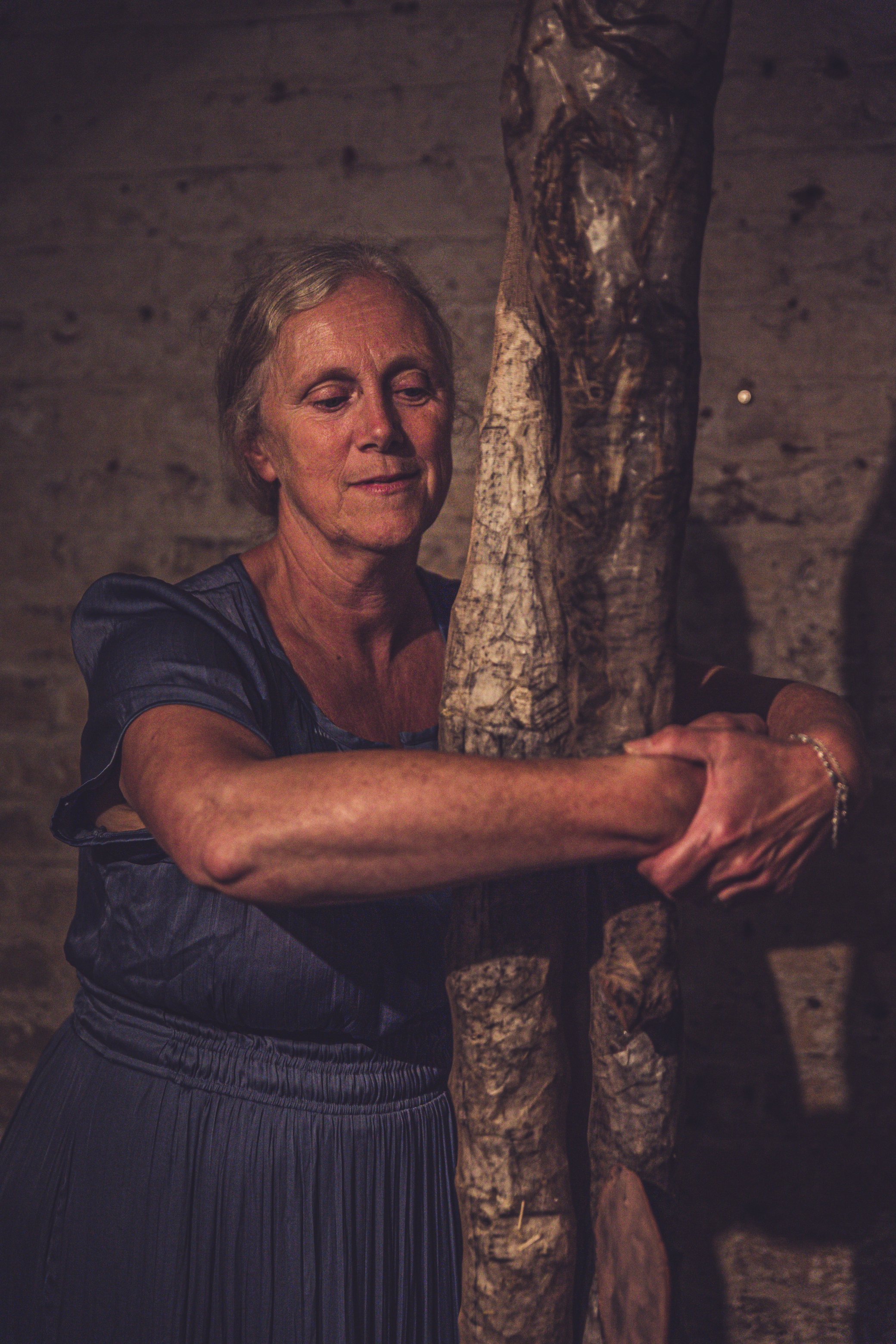Sarah Taylor
I am based in Devon, UK and am currently in my final year studying Fine Art at Glasgow School of Art. I am a process-led artist working subconsciously with everyday materials I consider ‘found objects.’ My experiments with materials are intuitive, immediate, and honest. I use these ‘found object’ artworks to gain some understanding of my internal world and feelings around motherhood. My sculptures, prints and drawings create a platform for me to unveil my subconscious, often following instinctive lines of enquiry, tracing themes of layering and interconnection, loss and identity are constant themes in my work. Although not overtly feminine my work describes what it means to be a woman with the use of motifs such as cords, sutures and joining fragments. These together become physical representations of motherhood. Visually my work speaks of the imprints our bodies leave behind using the hues of browns, yellows and stains of rust and dirt using alchemy. However, the idea of play is important, and this is done with a sensitive and meditative awareness. I investigate my role as a mother within her family. The themes of loss and connection are constant, and I am acutely aware of both the fragility of human relationships and the relationships between materials.
My work highlights the tension between materials that resist each other and plays with joining them together, such as tights, latex, cloth, string, and paper. Virginia Woolf has been pivotal in developing themes of the subconscious in my work. The way that Woolf uses language as a thread, weaving the characters and their feelings and her ability to create symbolisms and imagery, permeates through my practice. The influence of Woolf’s repetition, stream of consciousness, the importance of place and patterns of family traits are visible in my work. Repetition is a consistent theme and I use the same technique multiple times to consolidate and solidify my understanding of the material. Processes such as weaving bring up questions of the labyrinth of women’s work or roles within society echoing the repetition of domestic labour and motherhood. Skins, wrapping, threads and ties are consistent within my work such as the ‘sculpture paintings’ which reference the body without an obvious figurative representation. Like the cut-up poetry of William Burrough: something pre-existing is reconstructed to create new meaning.







